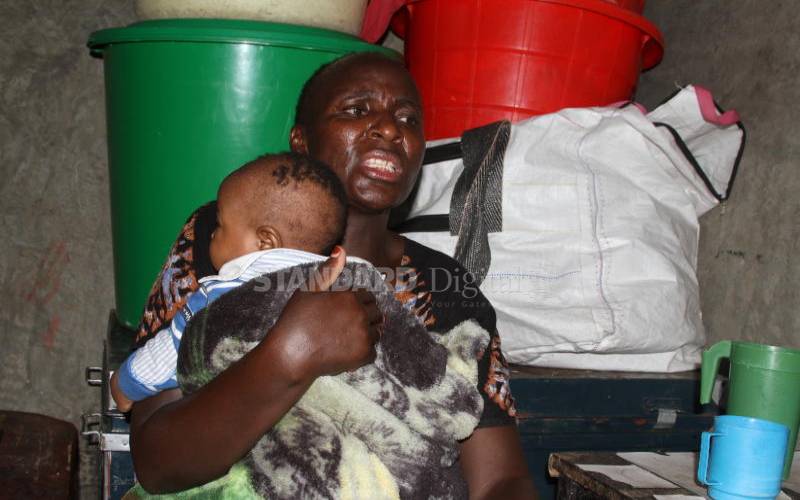×
The Standard e-Paper
Smart Minds Choose Us

The last time Melvin Awuor, 16, was seen around their home in Nairobi’s Soweto, she appeared to be taking a casual stroll. Her two-month-old baby was asleep in their single-roomed house.
“Nobody thought anything was off until her baby woke up crying but there was nobody to pick him up. Melvin was nowhere to be seen,” says her mother, Millicent Auma.